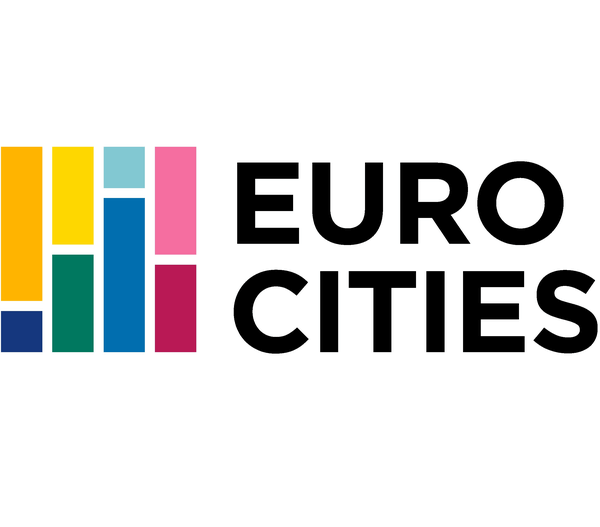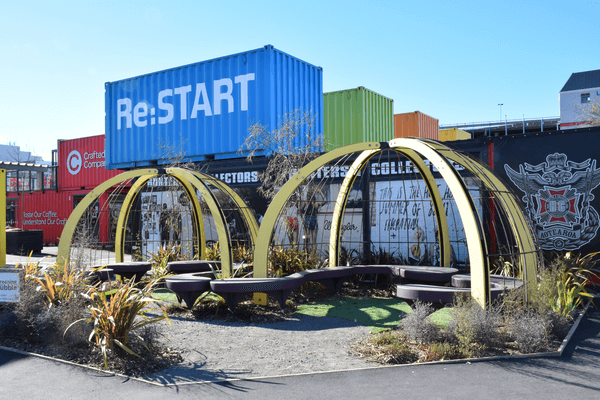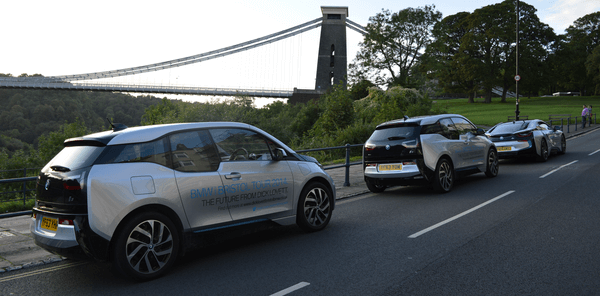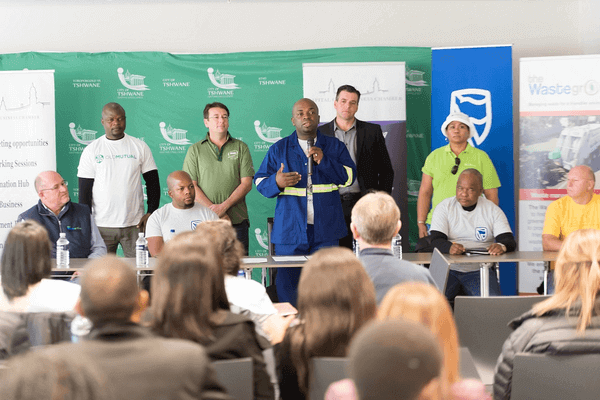City
Edinburgh
Main actors
City Government, NGO / Philanthropy, Community / Citizen Group, other
Project area
Whole City/Administrative Region
Duration
Ongoing since 2010
By mobilising support and coordinating action, Edinburgh in Bloom is setting a new standard for conserving and enhancing historic and natural environments in imaginative and sustainable ways.
Edinburgh in Bloom brings together individuals and organisations to help make the city more attractive and sustainable. It encompasses a range of initiatives, such as planting flowers alongside streets and in parks and conserving threatened species. Community participation is a central feature of the initiative. It funds community projects, and helps set up groups and mobilise volunteers. For example, a ‘garden share’ scheme allows people without a garden to grow food and flowers, and a ‘garden aid’ service helps elderly or infirm residents look after their gardens. Finally, the initiative is about encouraging environmentally sustainable practices, such as rain water collection, developing cycle infrastructure and replacing street lighting with energy efficient LED bulbs.
Originally published by EUROCITIES, the network of 130 European cities - PDF: http://nws.eurocities.eu/MediaShell/media/CitiesInAction_EdinburghInBloom_Nov15.pdf
Eurocities Awards
This project was awarded the 'Eurocities Awards' in 2015 in the following category: Participation.
External links / documents
On Map
The Map will be displayed after accepting cookie policy






